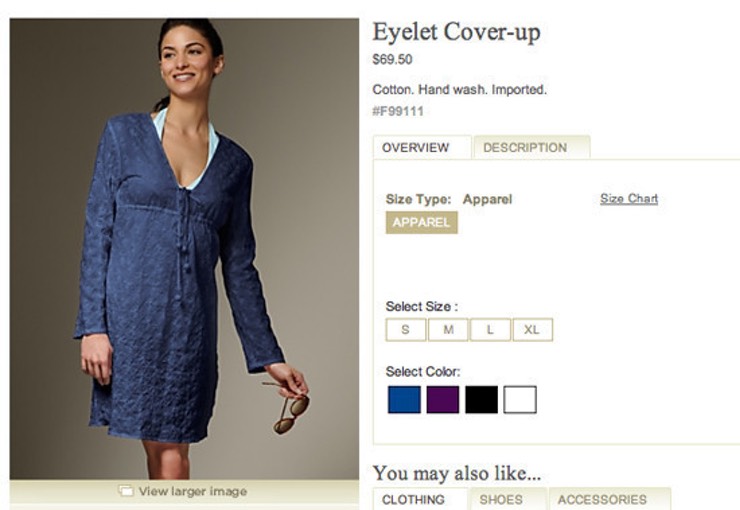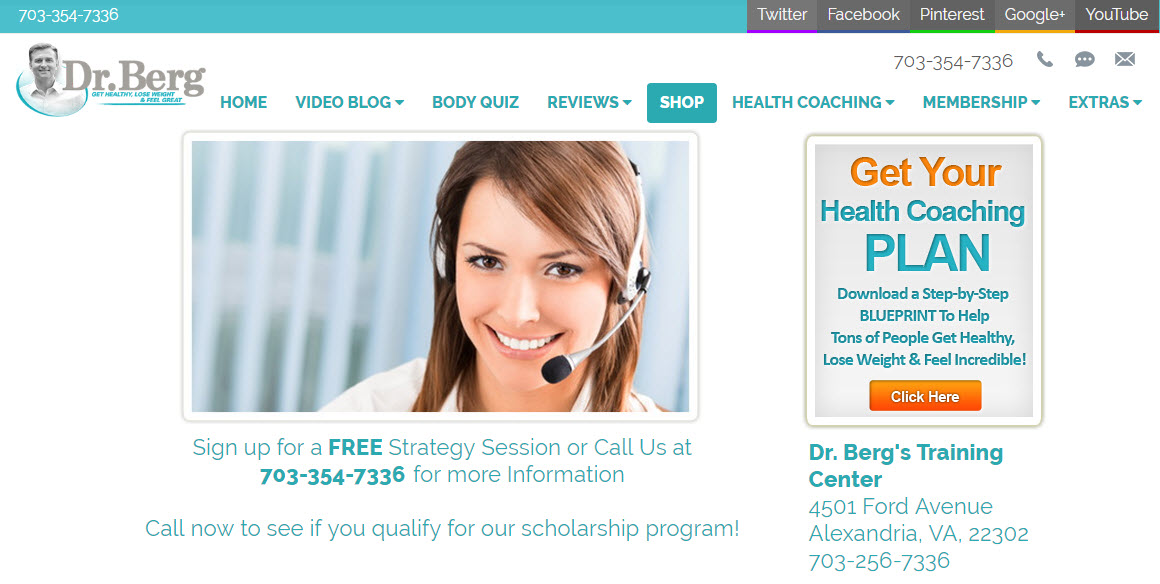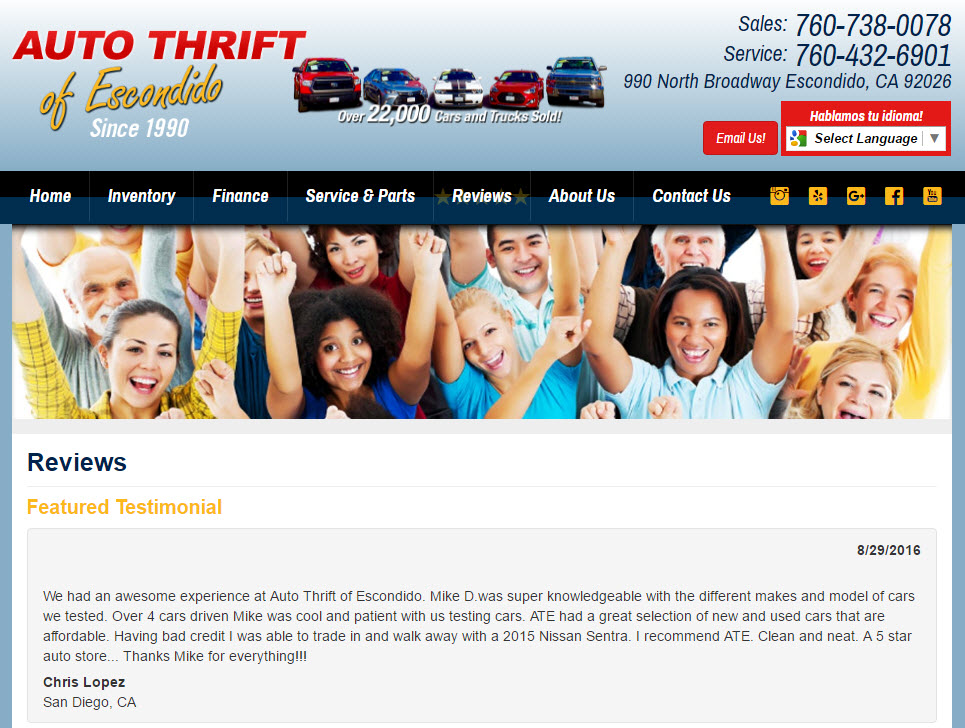High-quality product photos are critical for conversions. Without photos and video, it’s nearly impossible to compete for sales. There are exceptions to every rule, however, and it’s no different when it comes to ecommerce. So, before you upload a slew of additional product photos, graphical category headers, and landing page images, consider which ones may wind up costing you revenue.
In this post, I’ll describe the most common types of images that turn off shoppers.
11 Ways Photos Harm Ecommerce Conversions
Stock photographs. Few stock photos work well. First, chances are the shopper has already seen the image on multiple websites. This means the photo does little to create brand awareness and inspire purchases. Second, while that photo may look amazing, it may not be very effective. That’s because the vision behind the photo isn’t yours, but someone else’s. Limit the use of stock photos to those used for representative backgrounds, and crop them accordingly.

During a quick search, this image of a woman splashing water on her face was found on more than 1,500 websites.
Images that are too small. Images are part of the product description. Shoppers need to see the details. Ideally, every product image should allow for zooming without losing focus. Photos that become pixelated when enlarged can cost you sales.
Images that serve no real purpose. Placing an image just for the sake of filling space turns it into a distraction. Every graphic should do something important, like describe a product’s use or highlight specific details. People want to be informed, inspired, and even entertained.
Not sure if an image belongs on a page? Try writing a simple, short caption. If you can’t come up with one, it probably doesn’t belong there.

Coolibar uses relevant images throughout the website.
Poor quality. It doesn’t matter how well it may describe the product, if a photo is blurry or cropped incorrectly, don’t use it. In that case, text is better.
Photoshop failures. Whether it be improperly blurred elements, misshapen body parts or product elements, or the removal of something important, extra sets of eyes are needed when product images are altered in Photoshop.

This model’s leg was cut off in the photo editing process. Source: Huffington Post.
Fake employees. If you must show a photo of a call center representative, make it a real one. Take a candid shot, and have her strike a real pose. Stock photos of customer service people are way overused, and many are associated with questionable products and services. Also, most of these images are of women, which may be — even if subconsciously — sending the wrong message.

It would be impossible for this rep to work at hundreds of companies. But this image has been used hundreds of times to represent a call center.
Photos that contain questionable content. It’s wise to have several people review custom product photos, especially if they include models.
Overly staged photos of people. Avoid photos of people who aren’t acting naturally. Models standing in uncomfortable positions and people moving in an unnatural pattern are commonplace on spammy or unauthentic sites.
Crowds of people. Crowd shots are often used to convey happy customers. Unfortunately, these photos don’t usually focus on anyone specifically and make the visitor feel lost. And a crowd of exuberant people, especially a stock photo of one, sends an unrealistic message.
To better personalize a testimonial page, ask a customer to provide a photo of himself using one of your products. You’ll be surprised how many will oblige.

Crowd shots, especially stock ones, are not authentic and fail to personalize the shopping session.
Replicating stock photos. Original photos are always best. Yet, you still need to be careful. Copying the entire concept of a recognizable stock photo can backfire. For example, using the same composition of a photo that’s already turned off many visitors probably won’t give you better returns. Instead, think about your target audience and the message you’re trying to send. Don’t be afraid to get creative, and always think about what each graphic does for branding.
Slow load times. Sometimes you may want to eliminate an image altogether. Page load time plays a major role in conversions, so every bit of media used on a page must be worth the cost of page speed.





